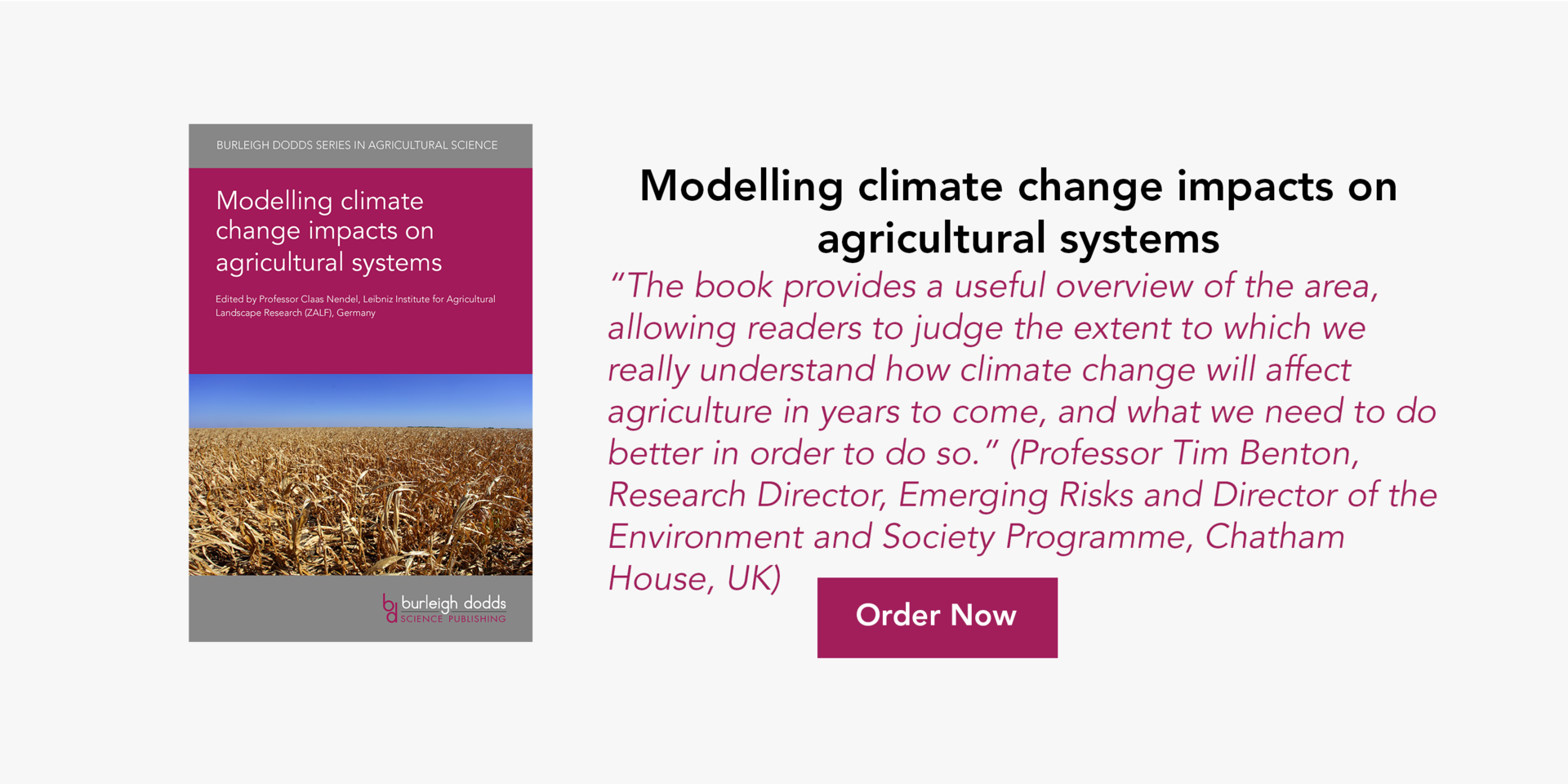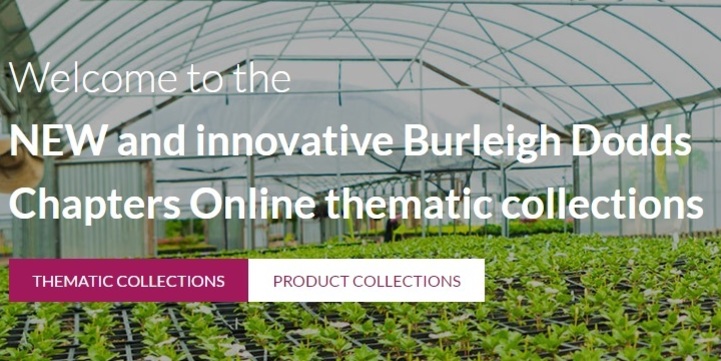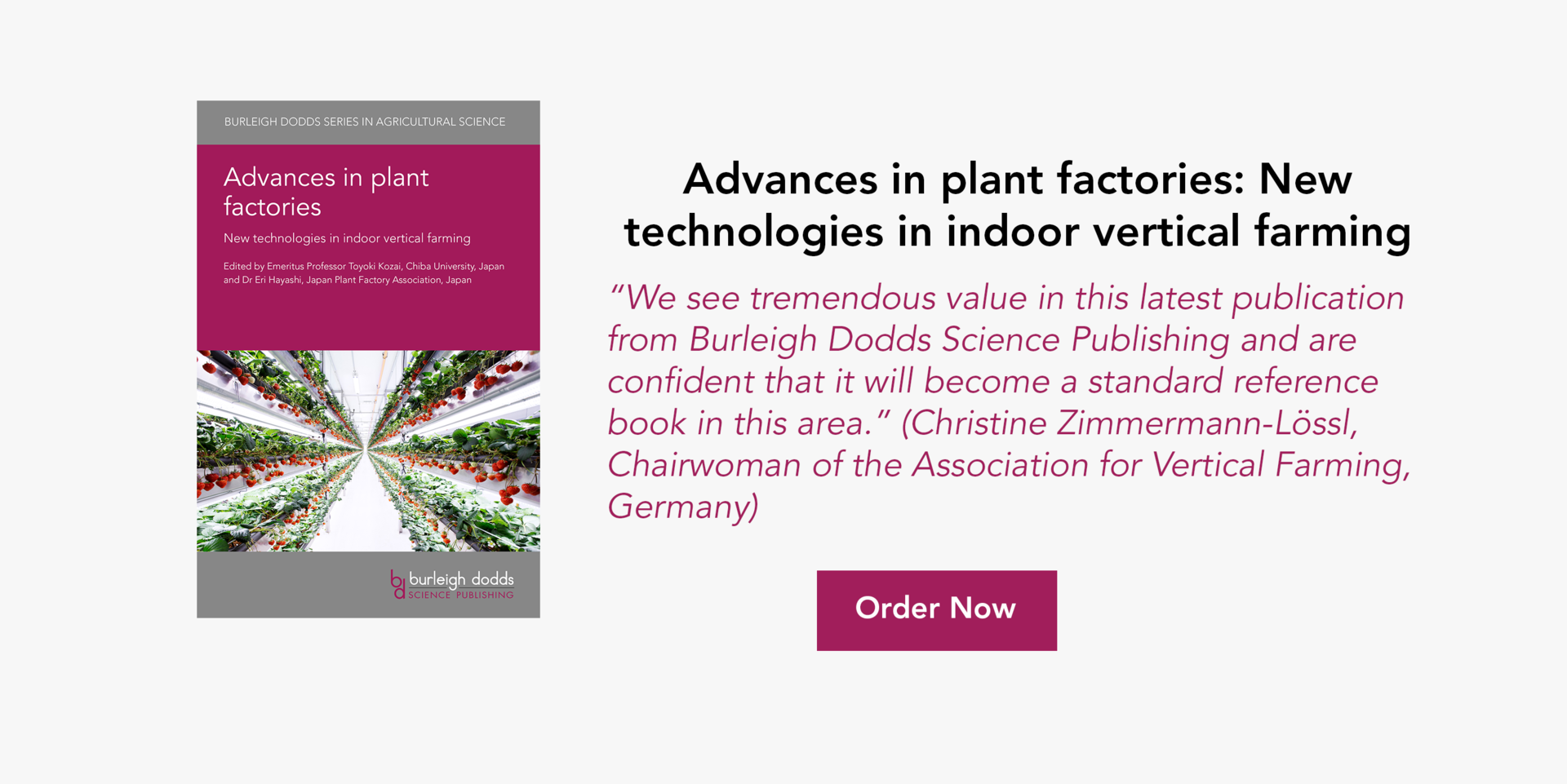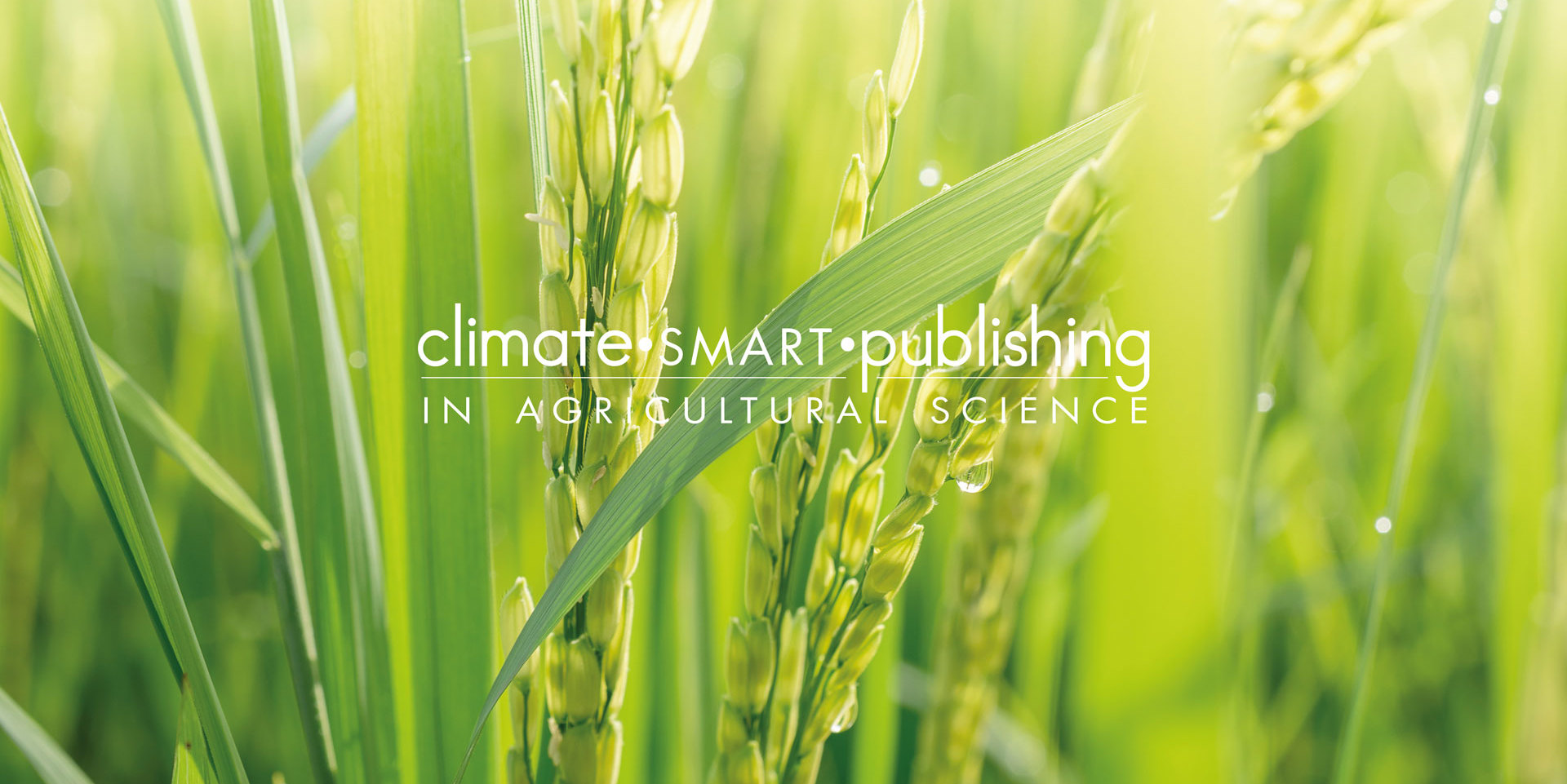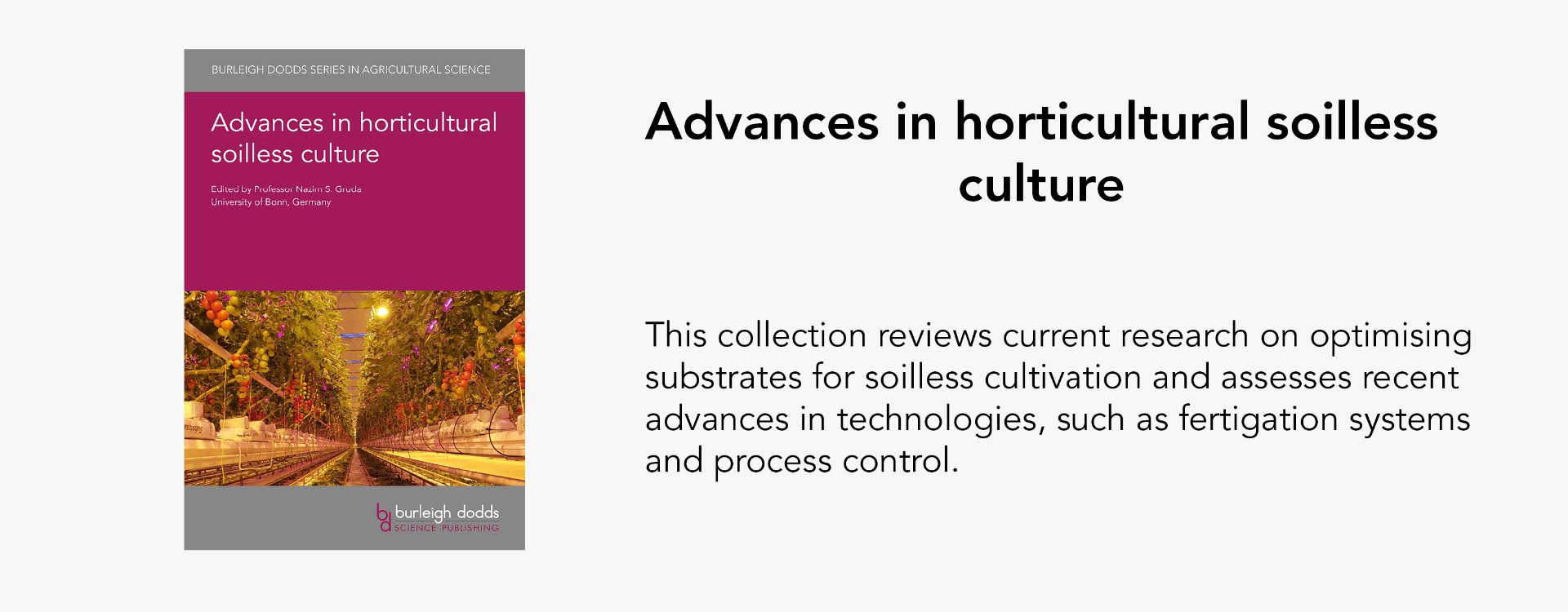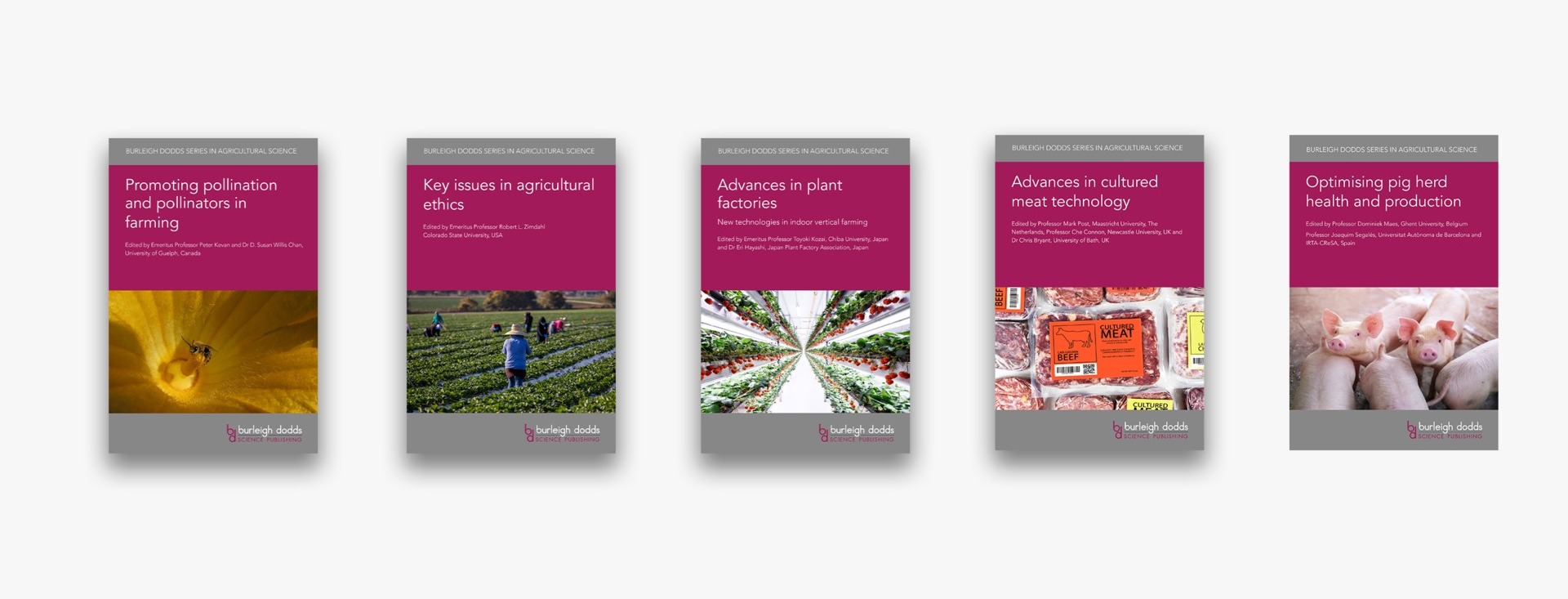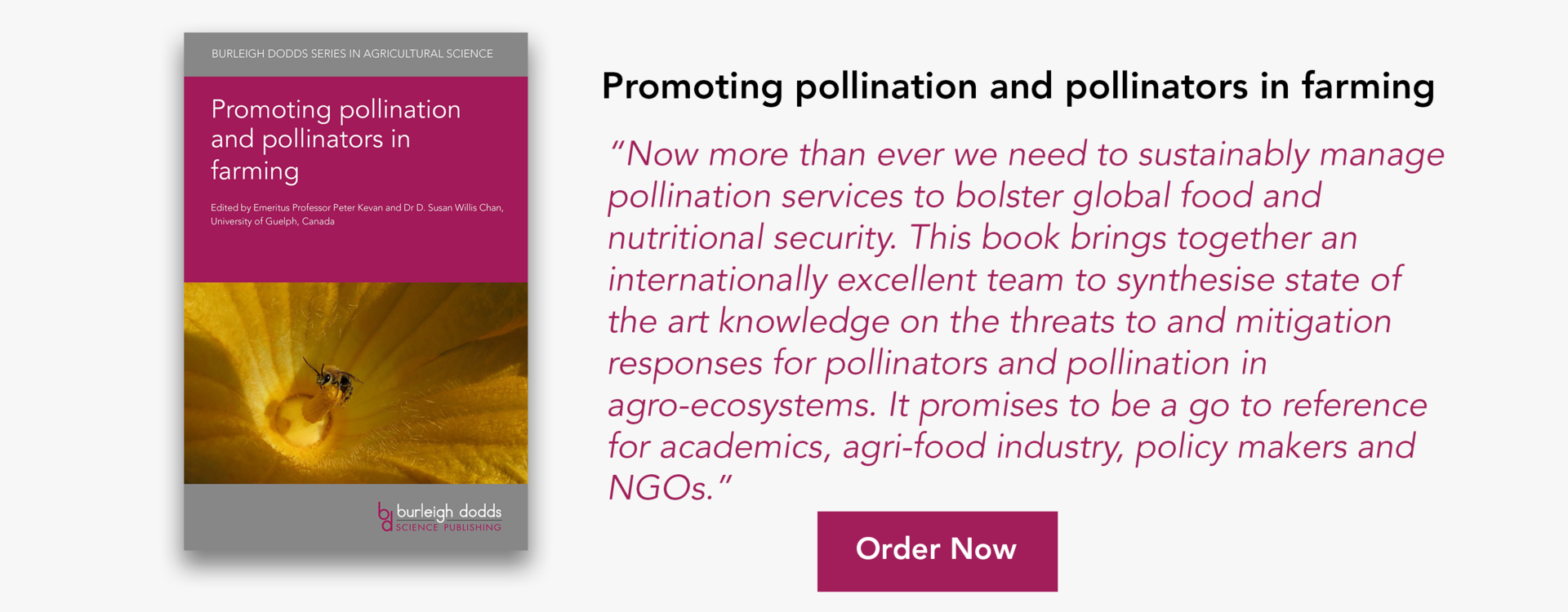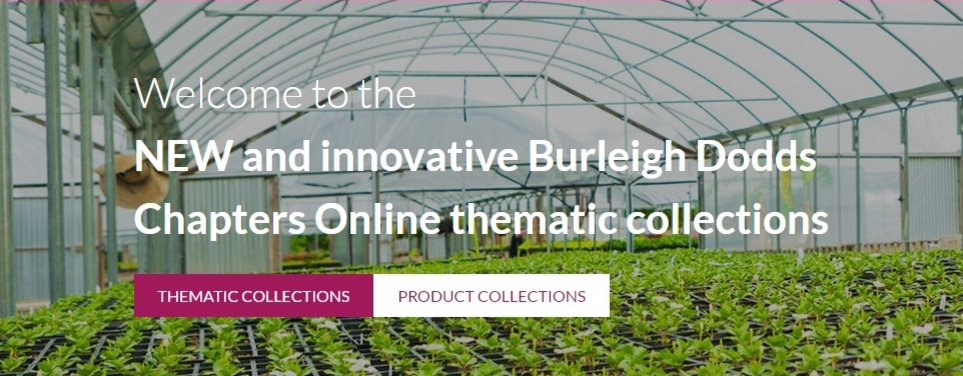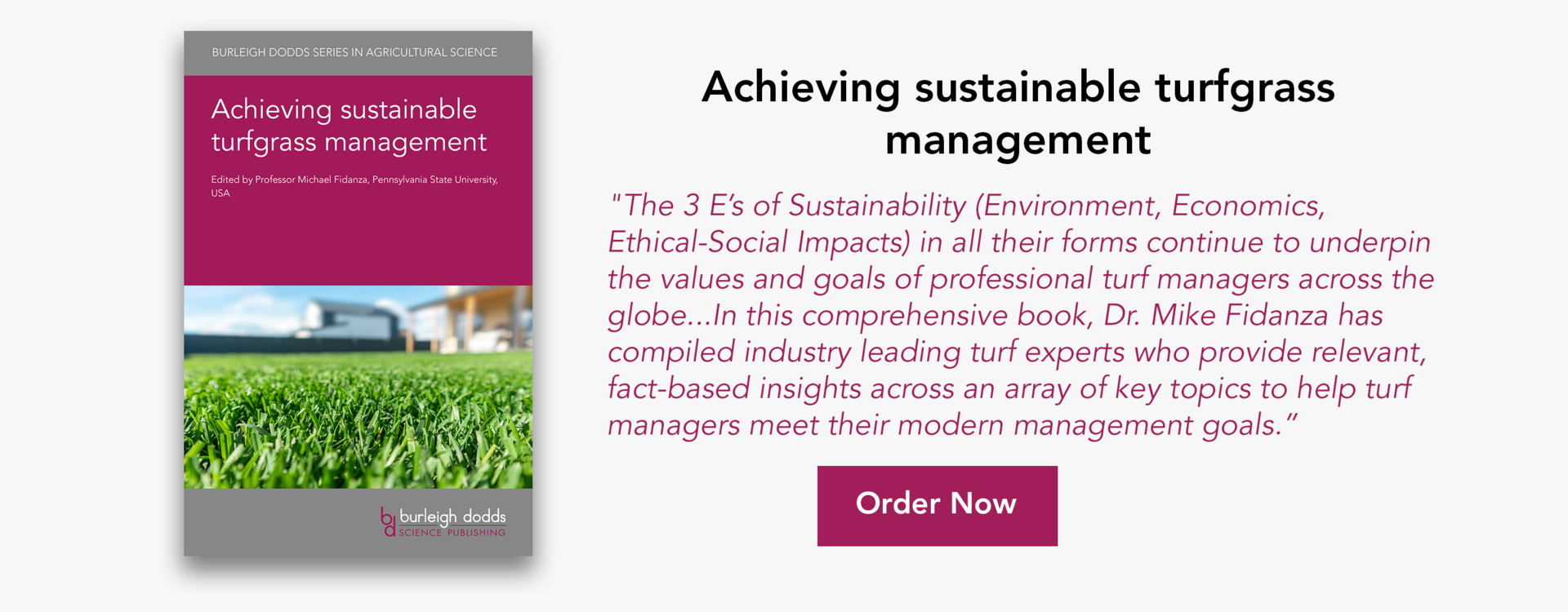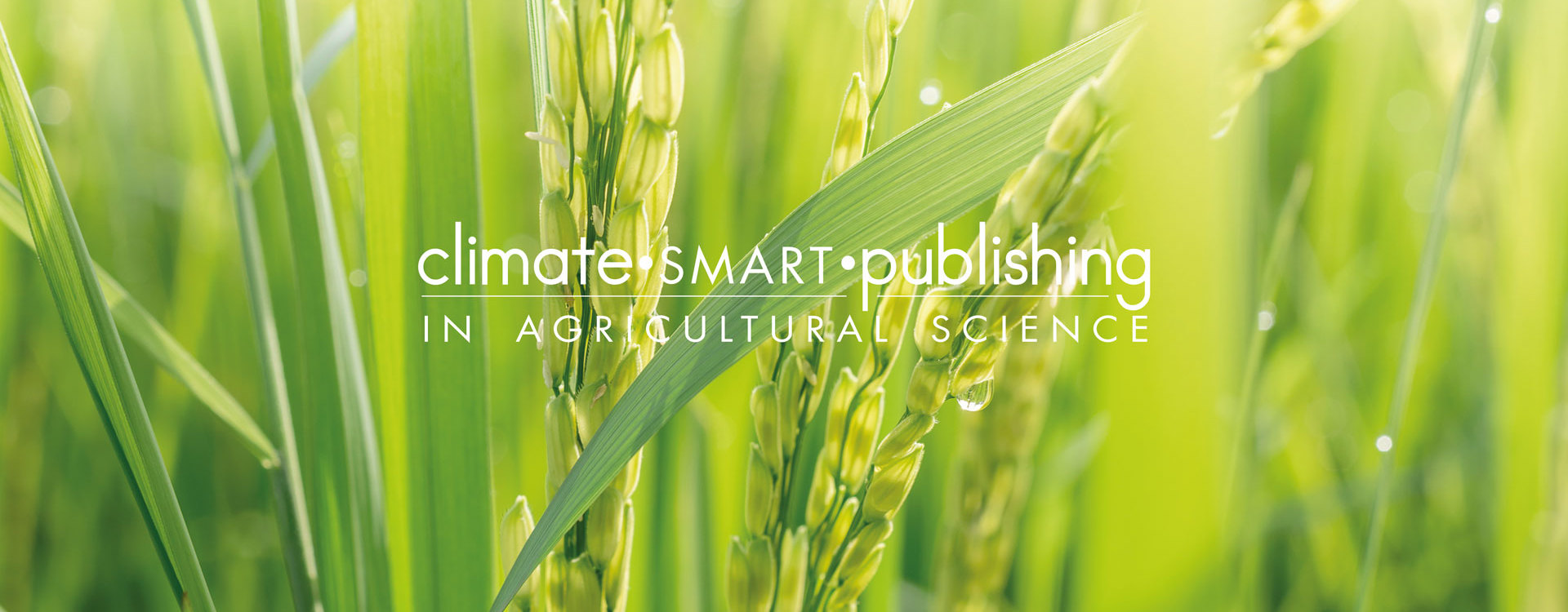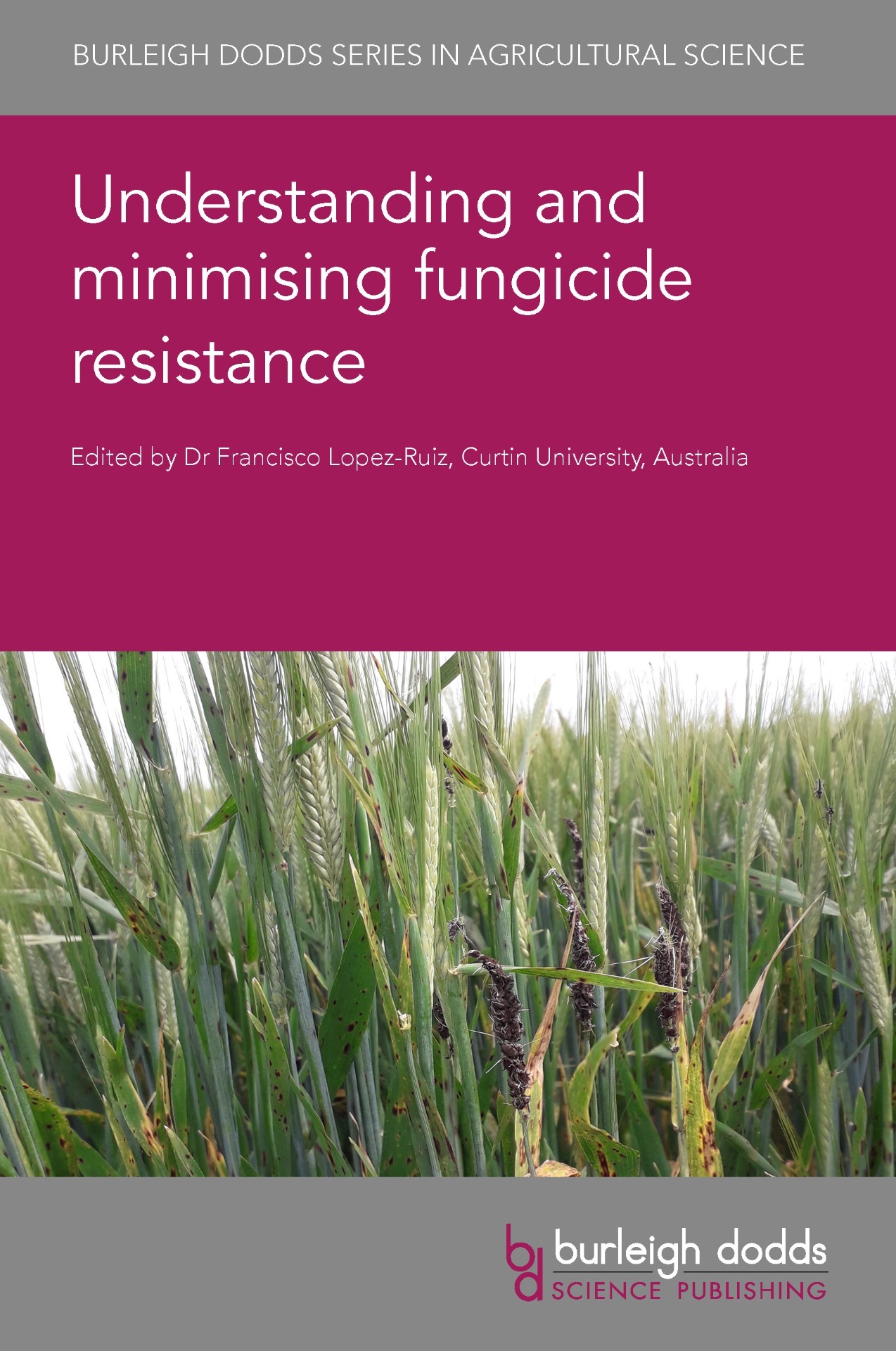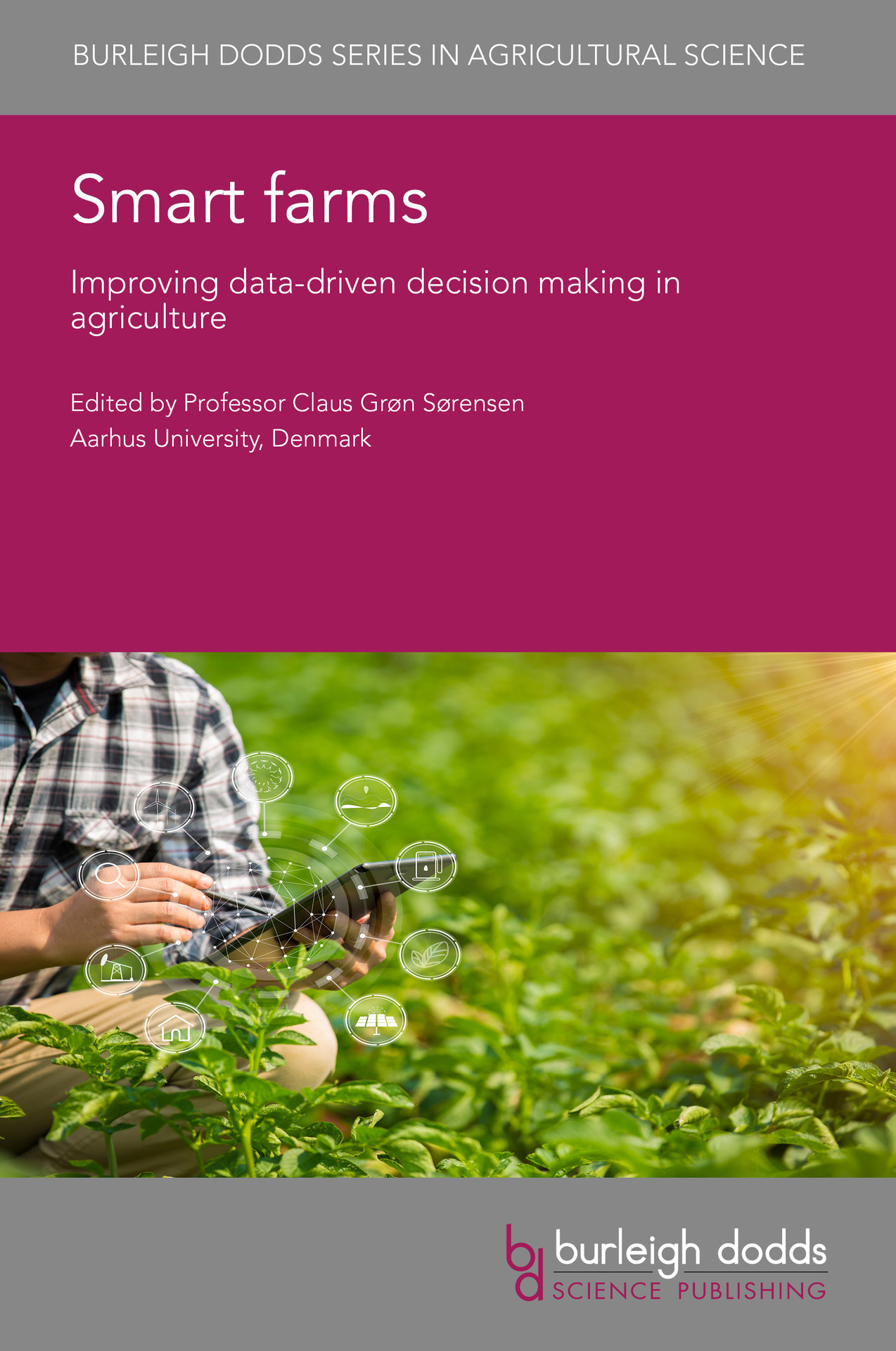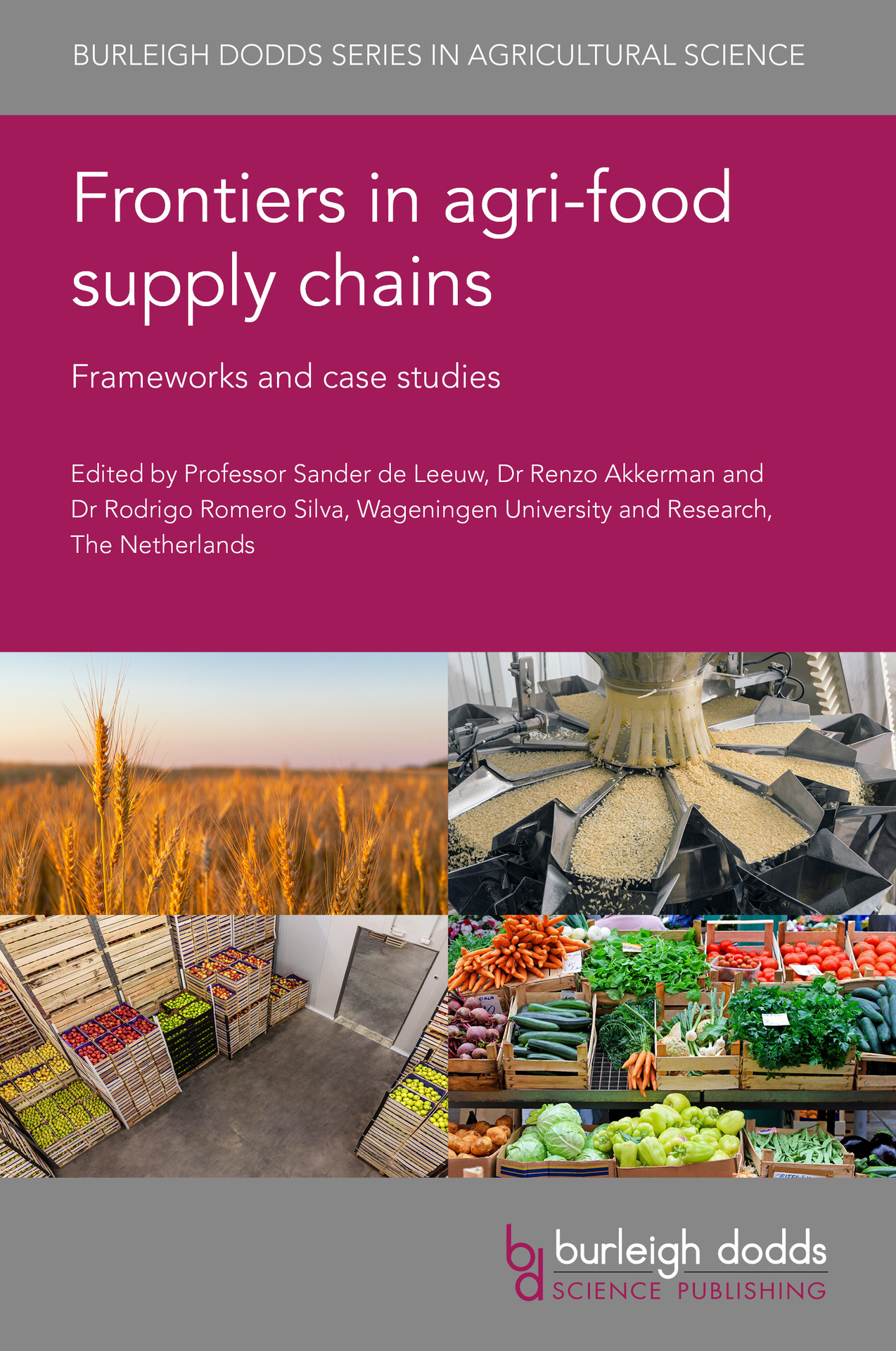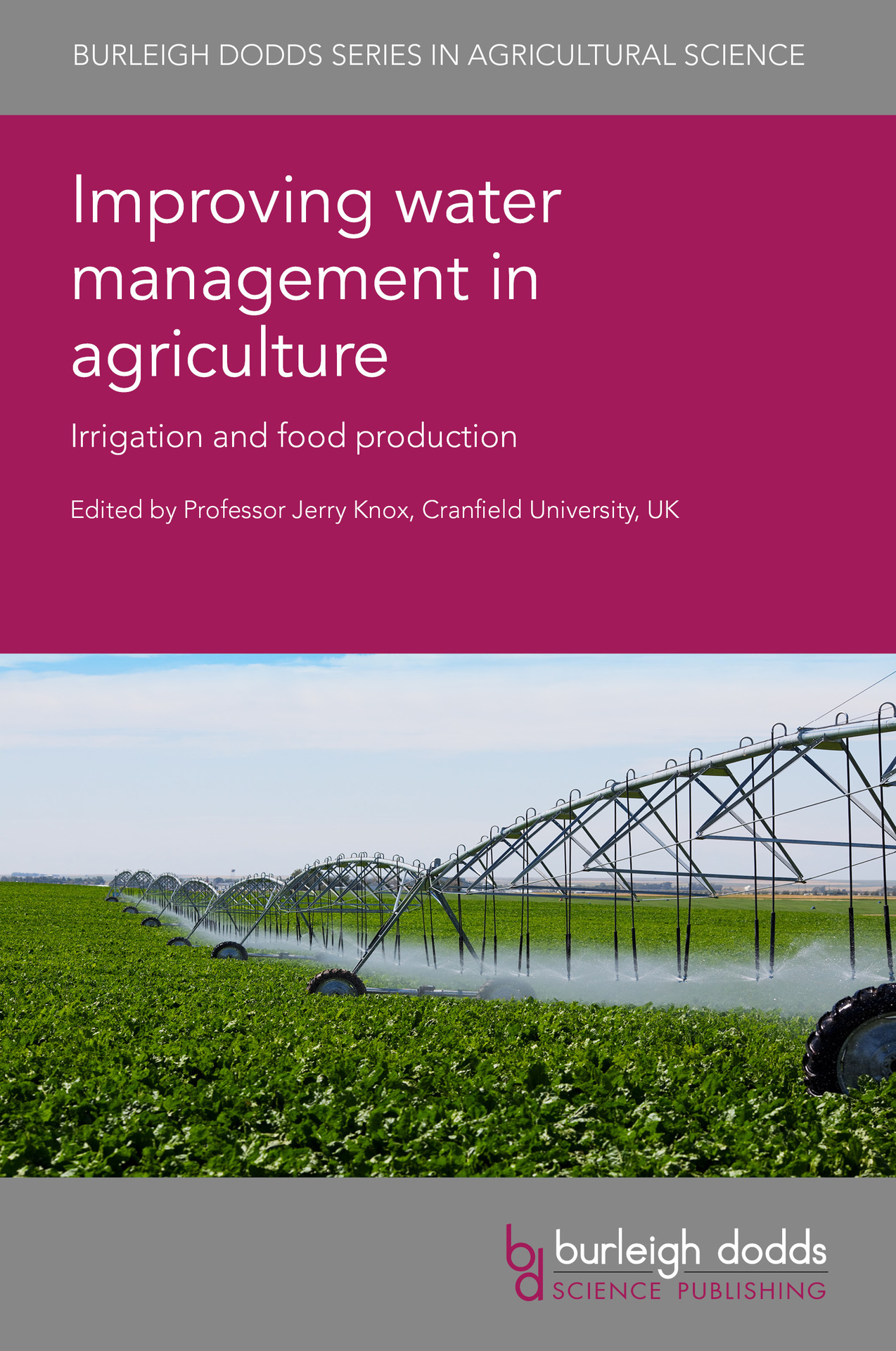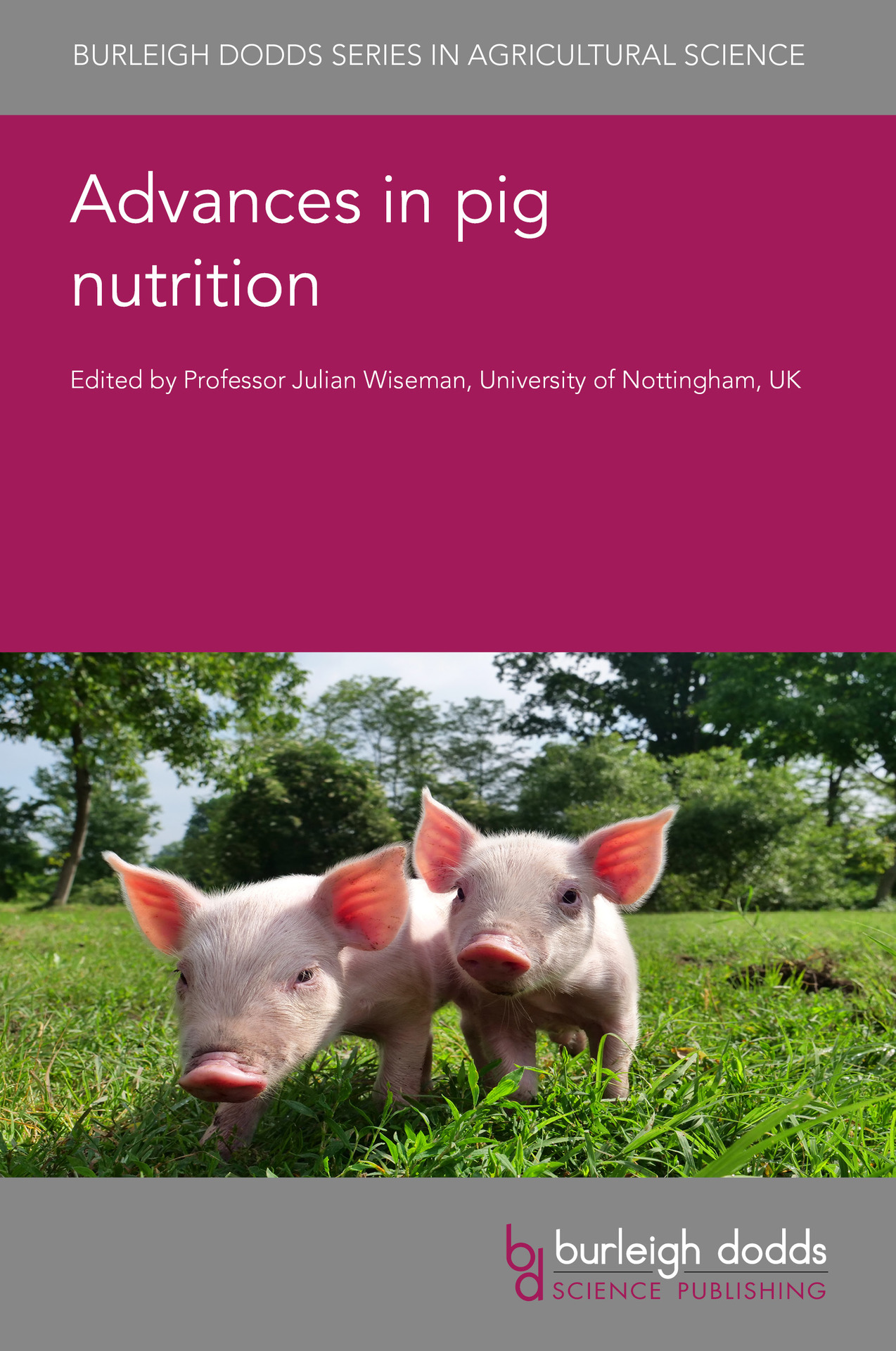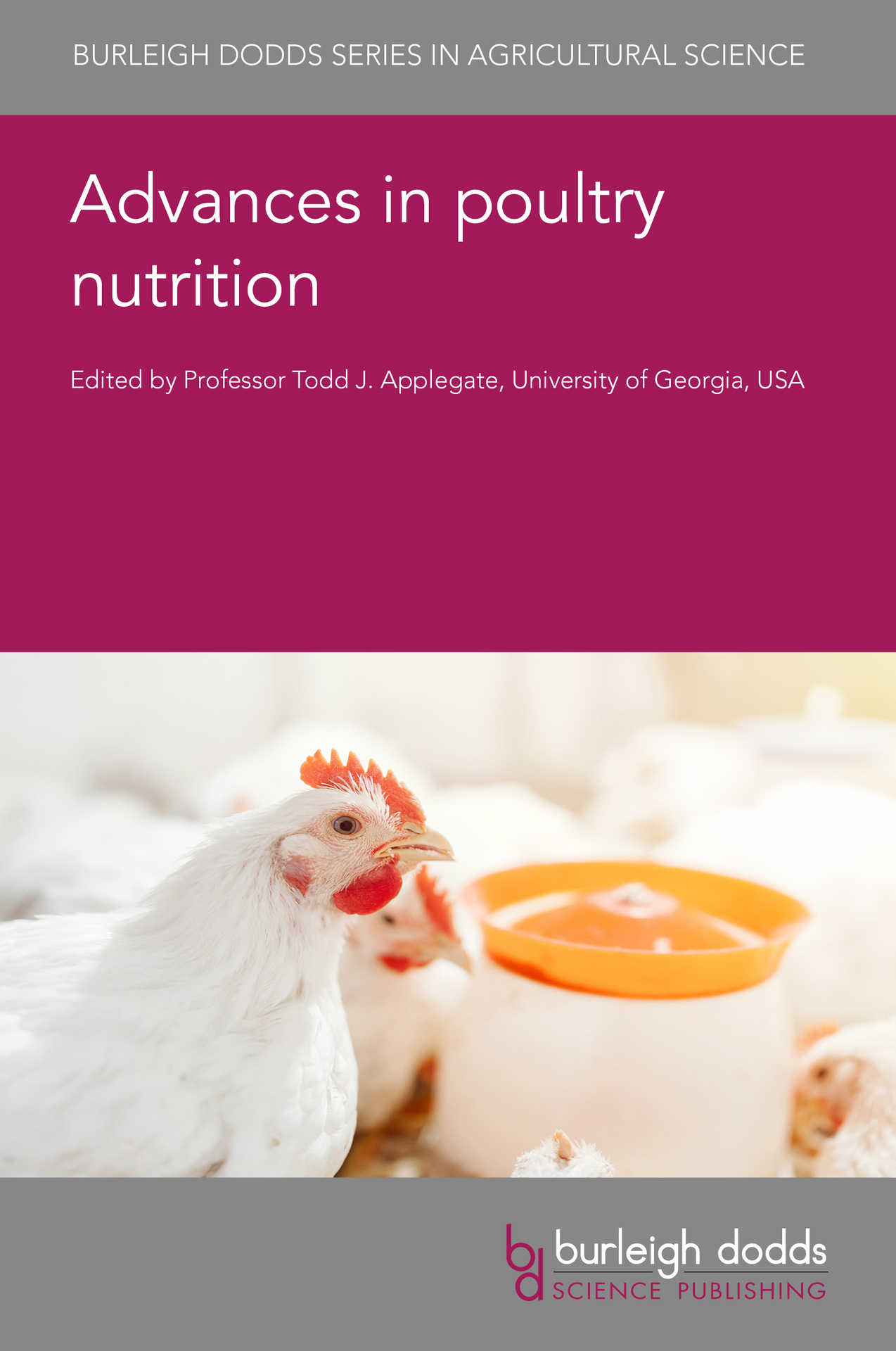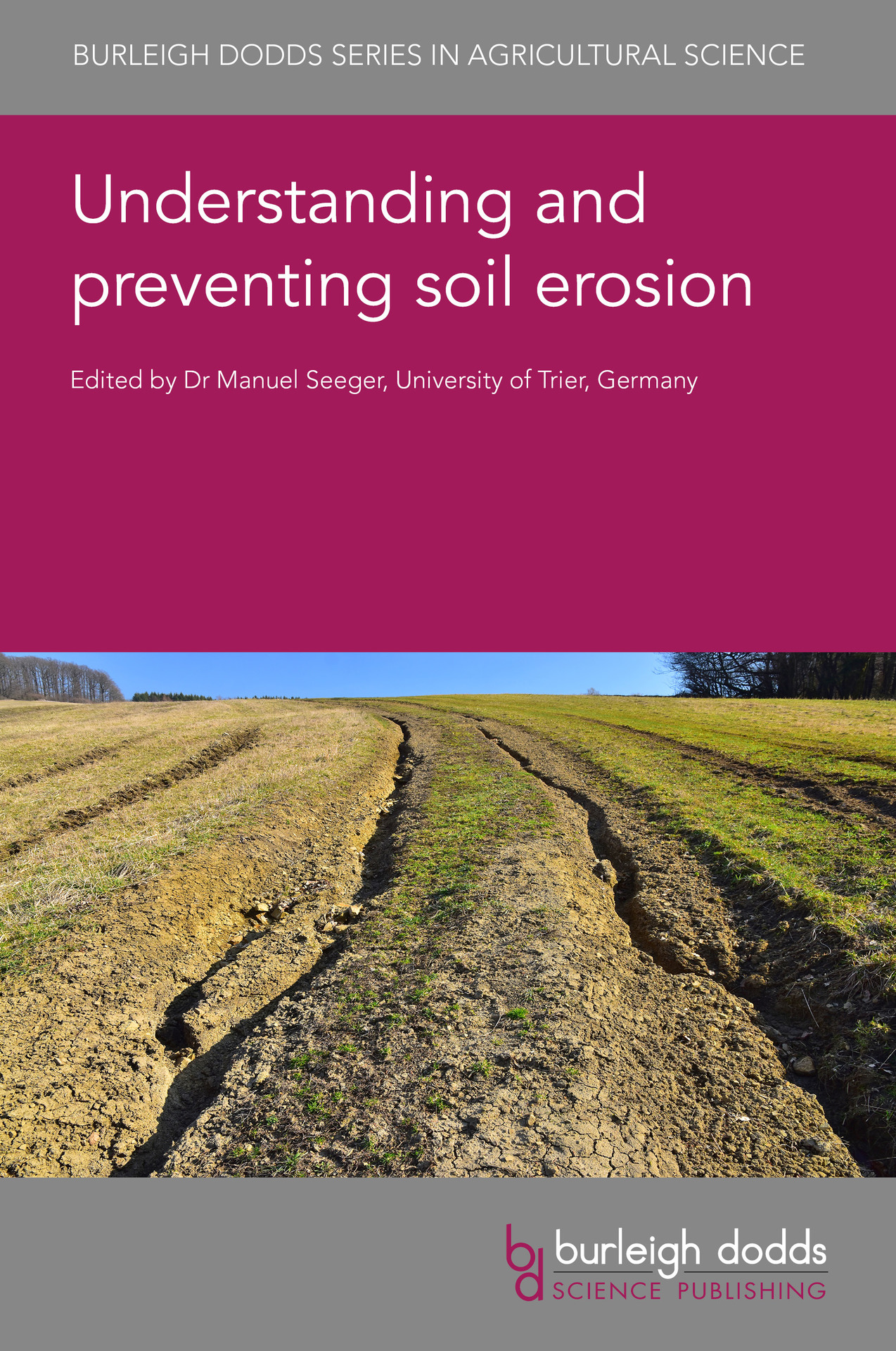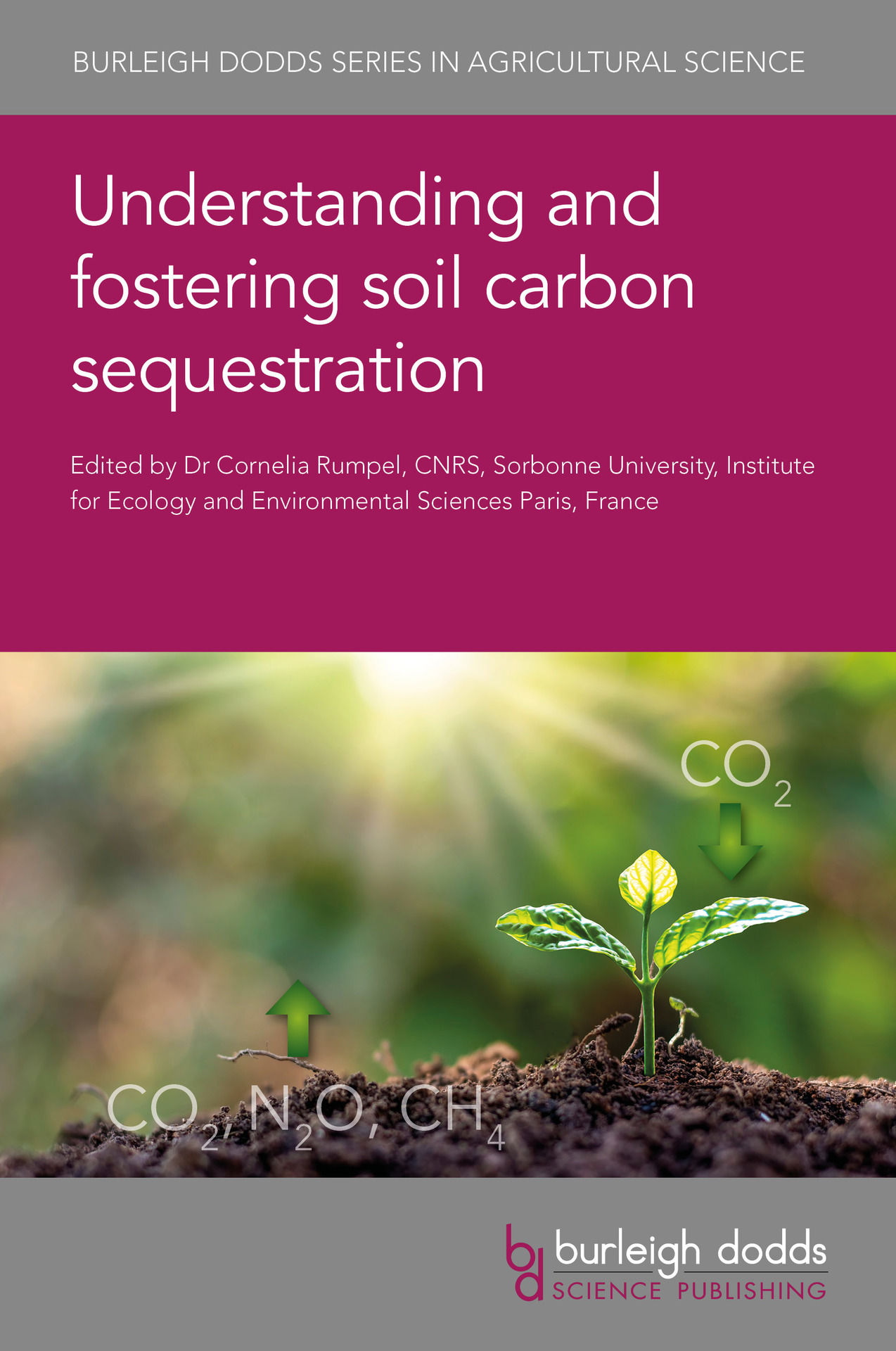Latest Publications from Burleigh Dodds Science Publishing | Browse all publications
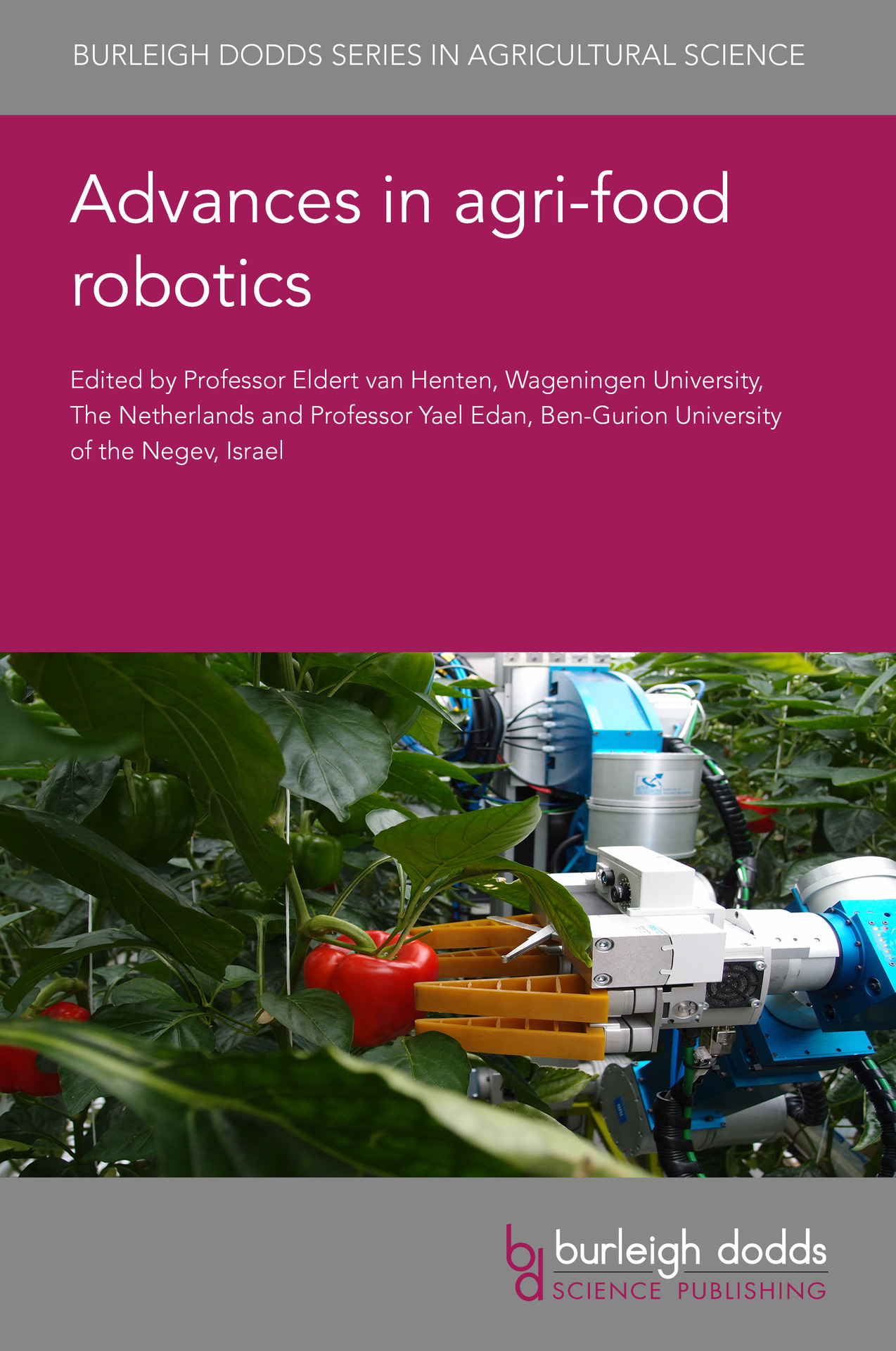
This collection explores and reviews the wealth of recent research undertaken in the field of agricultural robotics, both in terms of core technologies and range of applications.
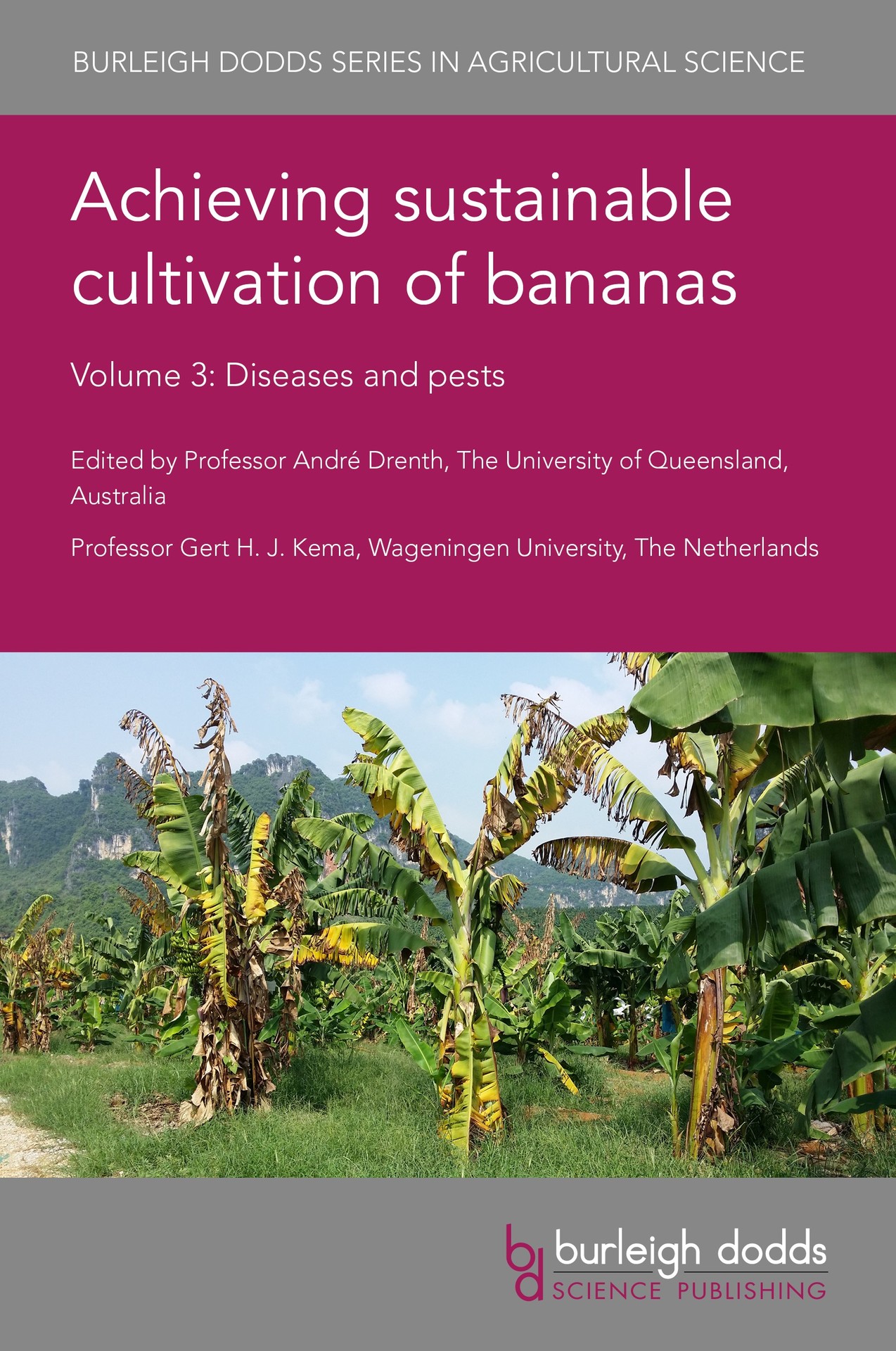
This collection reviews the major pests and diseases affecting global banana production. Chapters explore the key stages of disease identification, development and management, including the initial pathogen diagnosis, the disease cycle and epidemiology, as well as best practices to treat diseased crops and prevent future outbreaks.
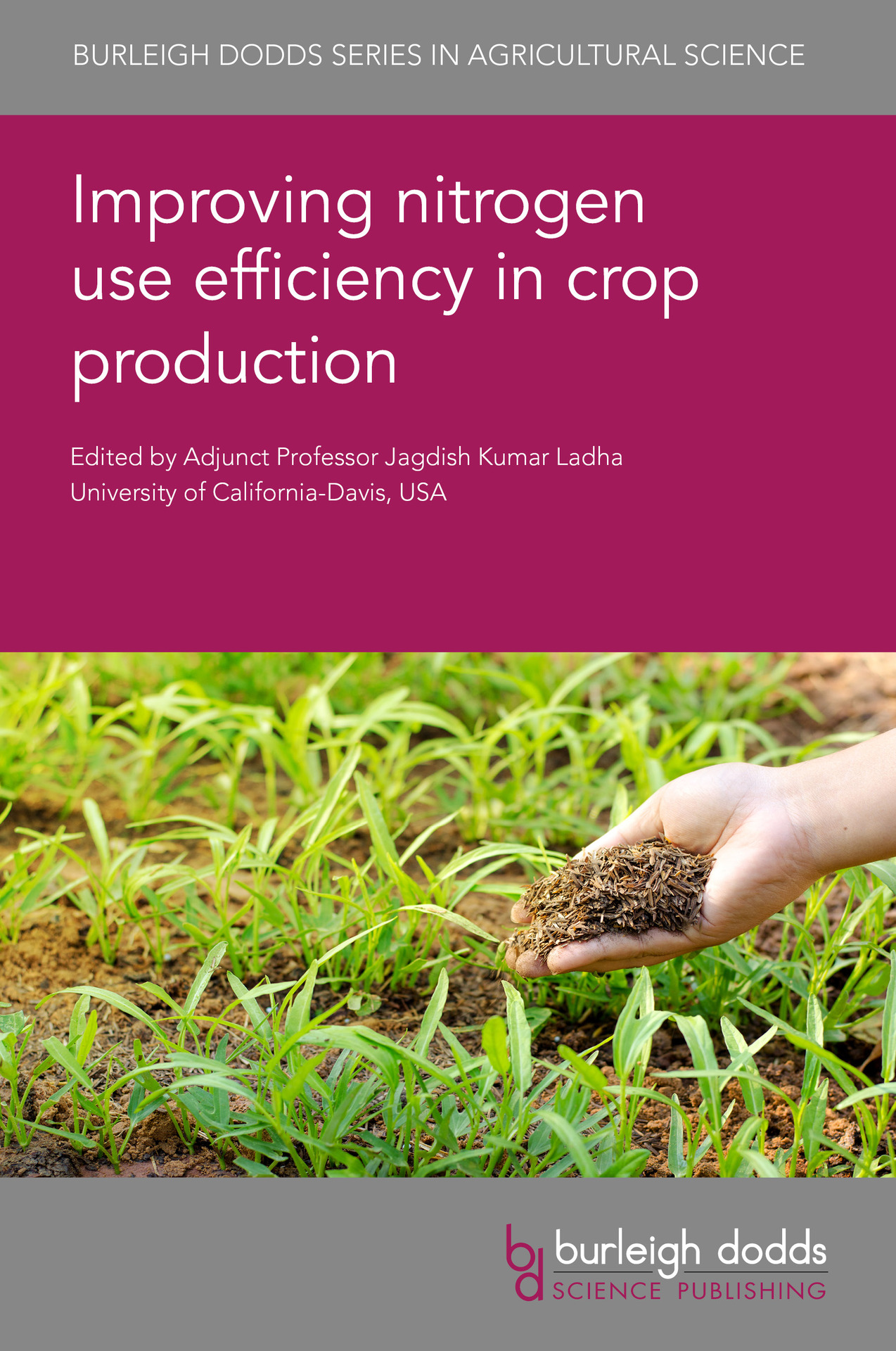
This collection reviews the wealth of research on ways of improving nitrogen use efficiency in crop production as a means of reducing the agricultural sector’s environmental impact and rebalancing the global nitrogen cycle.
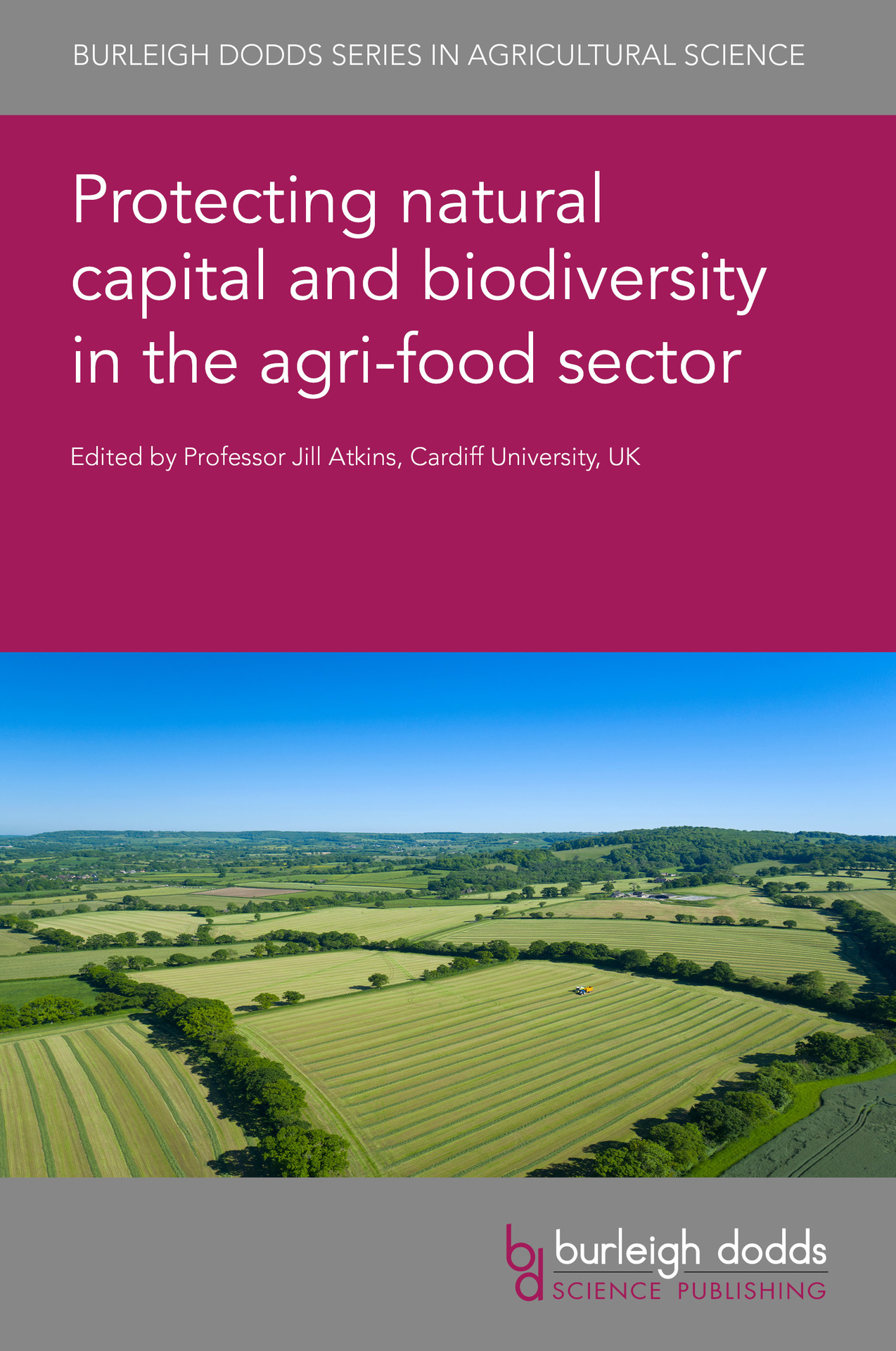
This collection considers the importance of accounting for and protecting natural capital and biodiversity in the agri-food sector. The book reviews recent advances in natural capital, biodiversity and extinction accounting and how these methods are being applied in different sectors and regions to improve the sustainability of agri-food supply chains.
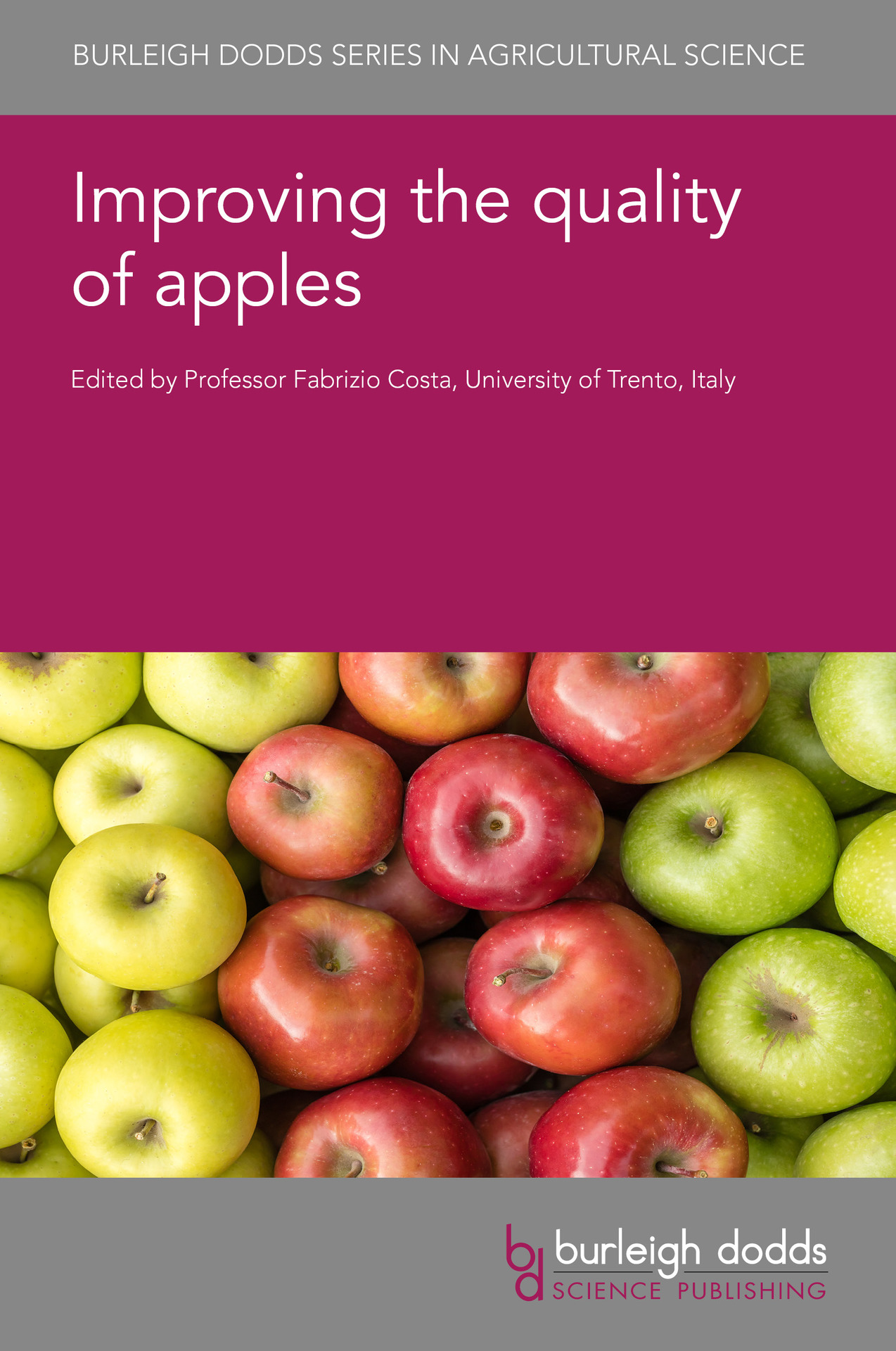
This collection reviews the wealth of recent research undertaken on the factors which can determine the quality of apples, focussing on attributes such as texture and nutritional content. The book also considers how these attributes can be optimised at both the pre- and postharvest stages in the value chain for apples as a means of meeting the increasing expectations and demands of consumers.
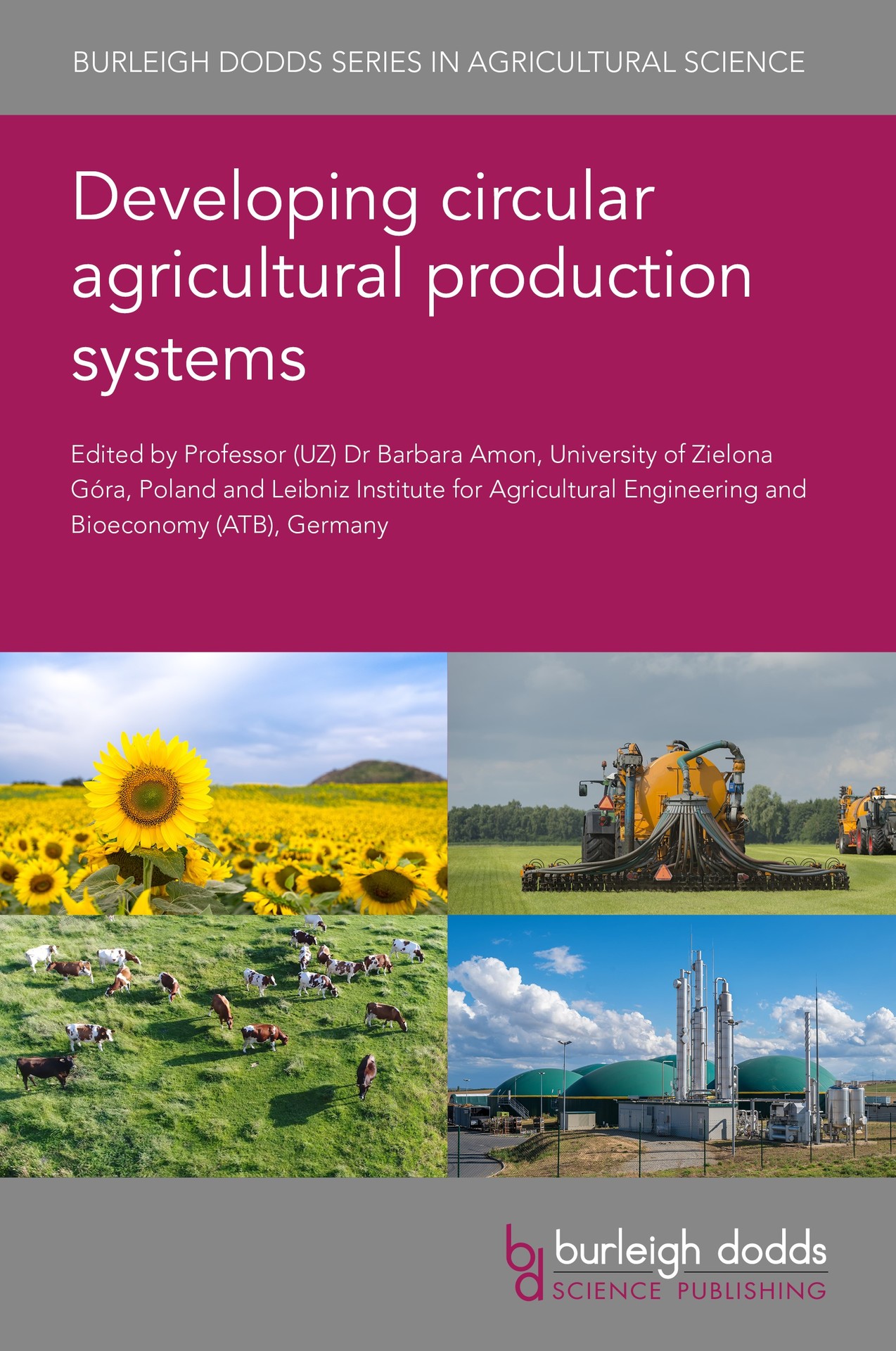
This collection summarises the wealth of research on the ways of achieving circular agricultural production systems through using minimal inputs, closing nutrient loops, reducing emissions and reusing and valorising agricultural wastes.
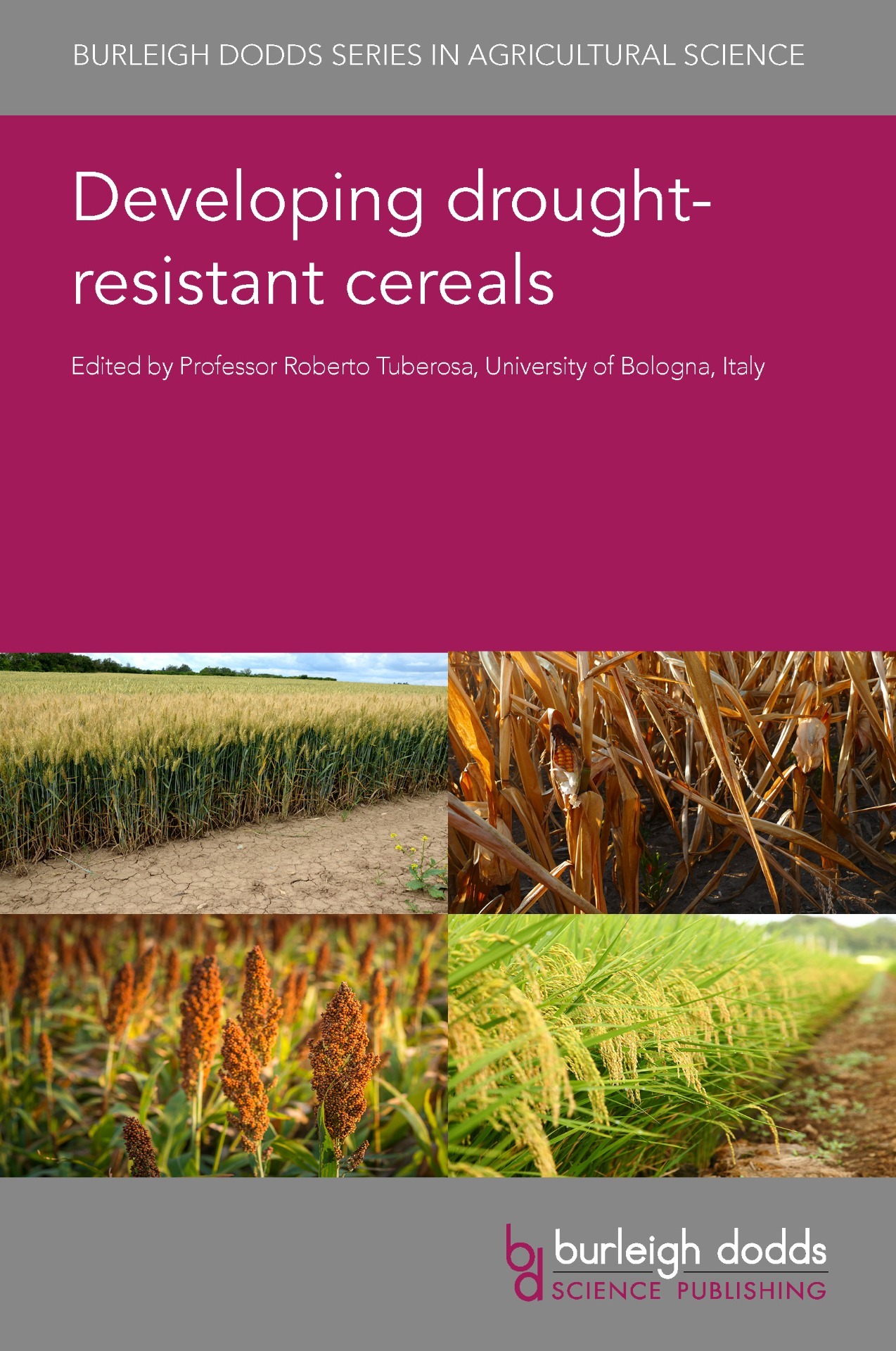
This collection explores the challenge of achieving improved drought tolerance in key cereal crops such as wheat and barley and reviews key research and strategies which address how to overcome this challenge in order to mitigate the effects of climate change on cereal production.

This collection reviews the wealth of research in understanding consumer food-purchasing behaviour and what this means for farmers, food manufacturers, retailers and policy makers seeking to produce healthier food in a more sustainable way.
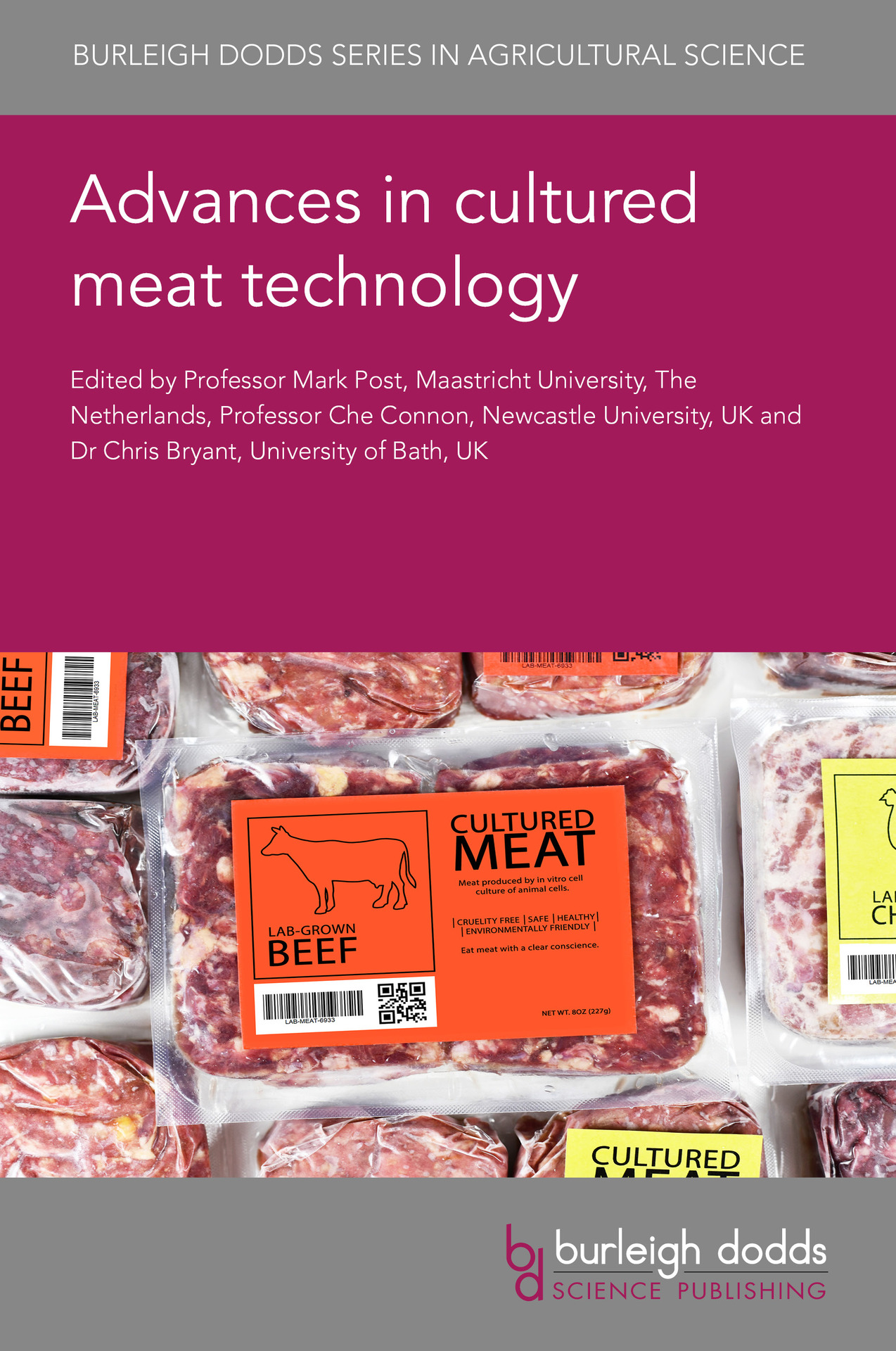
This collection reviews current advances in cellular agriculture, focussing primarily on the emerging research in cultured meat technology. The book considers the establishment of regulatory frameworks for cultured meat in the USA and Singapore and highlights the quality and sustainability issues which can arise as a result of its creation.
Coming soon from Burleigh Dodds Science Publishing | Browse all publications
LATEST NEWS
Editor Announcement
Dr Henry van den Brand has agreed to edit our forthcoming collection: ‘Future perspectives in broiler rearing: Incorporating the broiler point of view’.
THIS WEEK'S NEWSLETTERS
LATEST PRESS RELEASES

LATEST PODCAST EPISODES

NEW BOOK REVIEWS
Book Review Published in: Nutrient Cycling in Agroecosystems
“The editor indeed took great care that all aspects of carbon sequestration are considered. In summary, we do not hesitate to call this book a true soil carbon sequestration bible. We highly recommend the book to students, researchers at any stage of their career as well as governmental and non-governmental organizations working on climate mitigation and related topics. We trust that the knowledge contained in this book will make a much-needed difference regarding global soil carbon status not only from a climate point of view, but also for the benefit of soil health in general.” (Dr Else K. Bünemann, FiBL, Switzerland)











